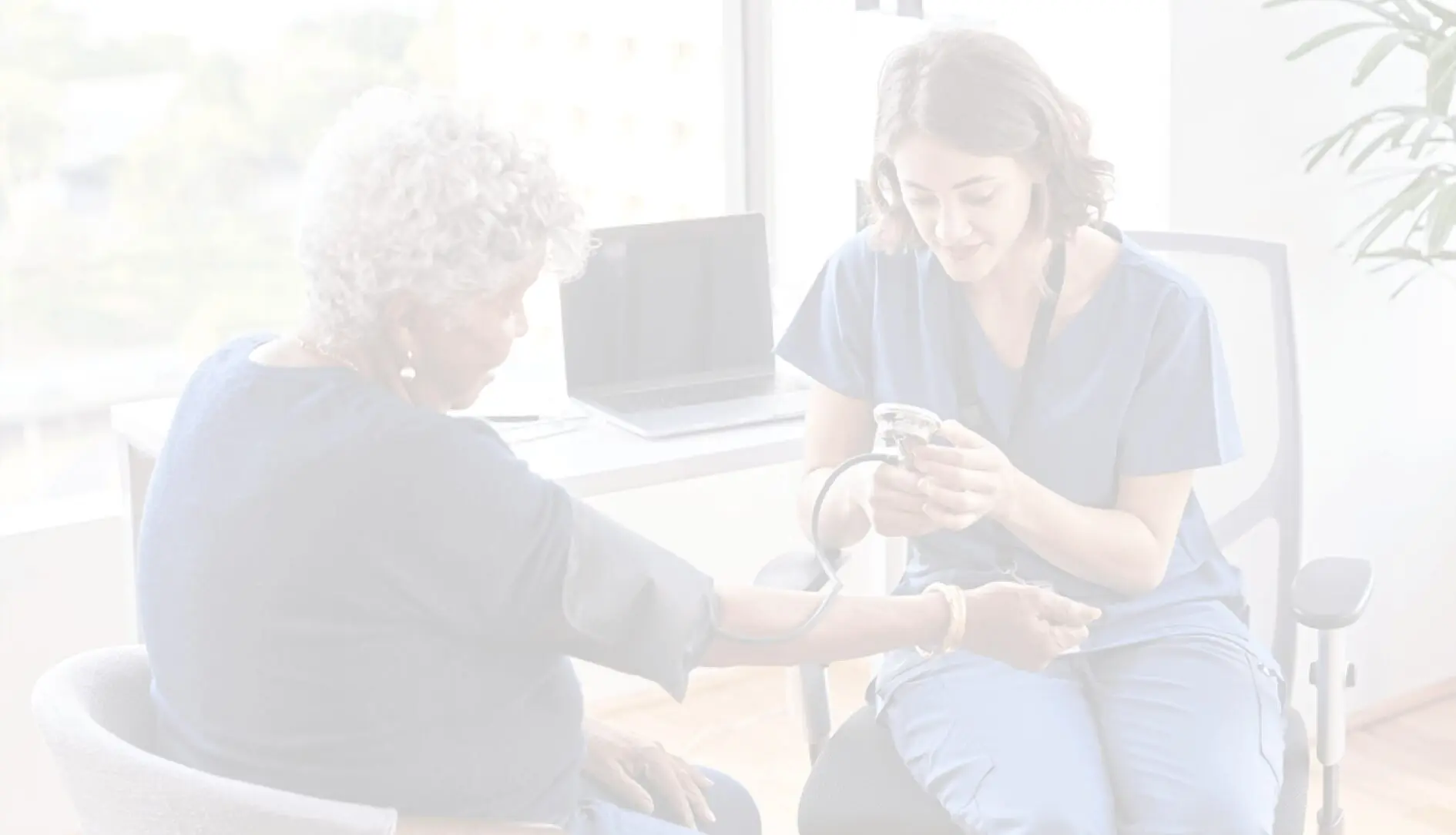Remote patient monitoring (RPM) specific CPT® codes reimburse providers for providing RPM services. There are 4 primary codes that most practices use for RPM:
- CPT® code 99453 for initial patient set-up and education
- CPT® code 99454 for 16 days of patient data transmission (in a 30-day period)
- CPT® Codes 99457
- CPT® Codes 99458, an add-on code to 99457 for additional clinical monitoring time per calendar month
This blog focuses on CPT® code 99458.
The Top Things You Need to Know to Bill CPT® Code 99458
CPT® code 99458 covers the additional time your clinical team (or outsourced team) invests in monitoring patients after the 99457 time requirements have been met.
Here are the most important things you need to know to bill CPT® Code 99458 correctly.
- Who Can Order 99458 and Provide Clinical Monitoring Services? Like all Remote Physiologic Monitoring (RPM), a physician or other qualified healthcare provider (QHCP) can order RPM for the patient when they believe the prescription is medically necessary. Like 99457, the monitoring can be conducted by clinical staff under general supervision of the physician or QHCP. This means clinical staff, including nurses, can be remote or outsourced. Medical assistants (MAs) may qualify as clinical staff, but this can vary based on state law.
If a physician or QHCP conducts the monitoring, they may be eligible to bill at a higher reimbursement rate using CPT® code 99091.
- What Activities Contribute to Clinical Monitoring? The same activities that contribute to clinical monitoring for 99457 also count for 99458 monitoring time, including monitoring and analyzing patient data, patient communication, patient education, coordination with other care team members, and updating a patient’s care plan. All activities need to be documented.
- Monitoring and analyzing patient data
- Sending any patient communication (for example, text or phone)
- Providing ongoing patient education or communicating patient updates and patient escalations
- Reviewing a patient’s readings with other members of the care team
- Making changes to a patient’s care plan or medications
- Time Requirements. 99458 can be billed once you have met the requirements (20 minutes of engagement and one live synchronous call) for 99457. In other words, you can bill 99458 for minutes 21-40 of medically necessary patient engagement. You can also bill 99458 twice if you meet the 20 minute requirement, or for minutes 41-59. Note: you must have a second live or synchronous call to bill 99458.
- 99458 Code Dependencies and Billing Frequency. 99458 can only be billed in conjunction with 99457. Both 99457 and 99458 can be billed even if the requirements for 99454 are not met. CMS has not placed a limit on the number of times 99458 can be billed in a calendar month, but any time spent engaging with the patient should be medically necessary.
- Reimbursement Rates. According to the CMS CPT© Guidebook, Professional Edition 2024, the national average reimbursement rate for 99458 is $38.64, but rates will vary by geography and location. Optimize Health does not interpret or define the CMS RPM codes and recommends that you refer to your billing specialist or MAC office for guidance. Local reimbursements can be located at CMS.gov physician fee schedule.
Optimize Health’s Best Practices for Meeting CPT® Code 99458 Requirements
Similar to 99457, 99458 is all about engaging with patients. Many of the best practices for 99457 apply for 99458 as well, including:
- Choosing the right staffing model
- Monitoring clinical team’s engagement time
- Delivering meaningful patient engagement
In addition, we would recommend a few additional best practices:
- Identify Which Patients Would Benefit From Additional Attention: While the vast majority of patients will see great benefits from 20 minutes of care team engagement and communications, some patients may need additional time. This might include patients who have elevated readings, require multiple medications, live alone, or need more frequent touchpoints and engagement with their clinical team.
- Plan Based on Identified Patient Needs: Based on your results from the previous exercise, you’ll need to plan care team time based on which patients need 20, 40, or even 60 minutes of care team time each month. Your RPM partner should be able to help with a staffing plan, and Optimize Health clients have had great success with our clinical monitoring services. Our monitoring services allow you to grow your RPM practice at any rate without worrying about staffing, they can also manage increasing patient complexity and acuity if needed.
- Monitor Time Tracking: Your RPM platform should make it easy to filter and sort how much care time patients have accrued at any point in the month. As part of providing clinically necessary care, it can also be helpful to track how patients are trending on minutes throughout the month.
- Invest Time in Patient Coaching: Patients who are regularly meeting the requirements for 99458 may have higher care needs. To help these patients reach their care plan goals, they may require extra patient education and coaching. If your team has followed the best practices to drive adherence and engagement to meet the 99454 and 99457 requirements, they have likely established a trusting relationship with the patient. These connections will enable the clinical staff to make lifestyle recommendations that your patients will likely be more motivated to implement because of their supportive monitoring team.
Ready to Learn More about Remote Care Opportunities?
Set up a free consultation with one of our remote care experts to get more information about program benefits and how to deliver better patient outcomes, faster.
This content is designed to provide information to the reader. Any information in this blog or the additional links should not be construed as legal advice to any individual or entity, and is not provided in the context of an attorney-client relationship. Further nothing in this blog should be construed as a guarantee of reimbursement.
